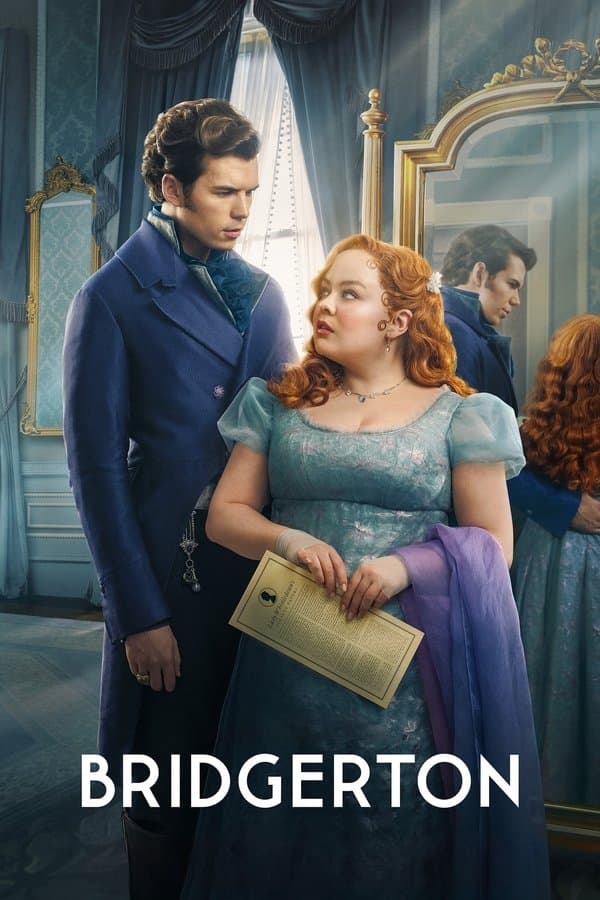
Bridgerton
2020 • Drama • TV-MA
Wealth, lust, and betrayal set in the backdrop of Regency era England, seen through the eyes of the powerful Bridgerton family.
Why you should read the novels
Delving into Julia Quinn’s Bridgerton novels allows readers to bask in the depth and intimacy of each character’s inner world, far beyond what the screen can show. Her witty writing style and masterful storytelling turn the Regency era into a living, breathing reality, rich with period details that spark the imagination. Readers can experience the slow-burn romances, character development, and intricate family bonds at their own pace, finding layers of meaning and joy within each turn of the page.
Each book centers around a different Bridgerton sibling, allowing for devoted time inside their hearts and minds—a personalized adventure that TV adaptation often simplifies or combines. The novels offer lush, nuanced subplots and background stories, laying out complex motivations, desires, and societal pressures that shape every romantic entanglement. This depth of exploration cultivates emotional growth and character transformations that feel earned and organic.
By choosing the books over the television series, you gain a richer appreciation for Quinn’s sharp humor and engaging prose that has charmed legions of romance fans for decades. The texts deliver an immersive dose of regency wit, scandal, and heartfelt romance that makes every familial, social, and romantic encounter utterly unforgettable. Let yourself be swept away by the original stories just as generations of readers before you have been.
Adaptation differences
One of the most notable differences between Bridgerton on Netflix and Julia Quinn’s novels is the diversity of the cast. The show takes a contemporary approach by featuring racially diverse characters in high society, whereas the books portray Regency London as historically white, with less representation of people of color. This significant change shapes the social context of the series and introduces new dialogue about race and power that is absent from the original books.
Another major difference lies in the structure of storytelling. The books focus each installment on a single Bridgerton sibling’s romance, building their stories sequentially with deeper exploration into their motivations and relationships. The television series, in contrast, weaves together multiple plotlines and perspectives in each season, often elevating secondary characters’ arcs while at times sidelining central elements from the source material.
The television adaptation also amplifies the level of drama, intrigue, and scandal, presenting certain events in a much bolder, more modern tone than the books. Creative liberties include more explicit content and heightened tension, which are designed to appeal to a contemporary audience but can sometimes deviate from the subtler, more discreet romances of Quinn's novels.
Additionally, some characterizations and relationships have been altered or expanded for dramatic effect. For instance, Queen Charlotte plays a prominent role in the Netflix series but is not featured in the novels at all. Other characters, like Marina Thompson, are given much larger or entirely different stories in the show, contributing to a new narrative dynamic that diverges from the author's original vision.
Bridgerton inspired from
It's In His Kiss
by Julia Quinn
The Viscount Who Loved Me
by Julia Quinn
Romancing Mister Bridgerton
by Julia Quinn
On The Way to the Wedding
by Julia Quinn
An Offer from a Gentleman
by Julia Quinn
The Duke and I
by Julia Quinn
To Sir Phillip, With Love
by Julia Quinn
When He Was Wicked
by Julia Quinn
